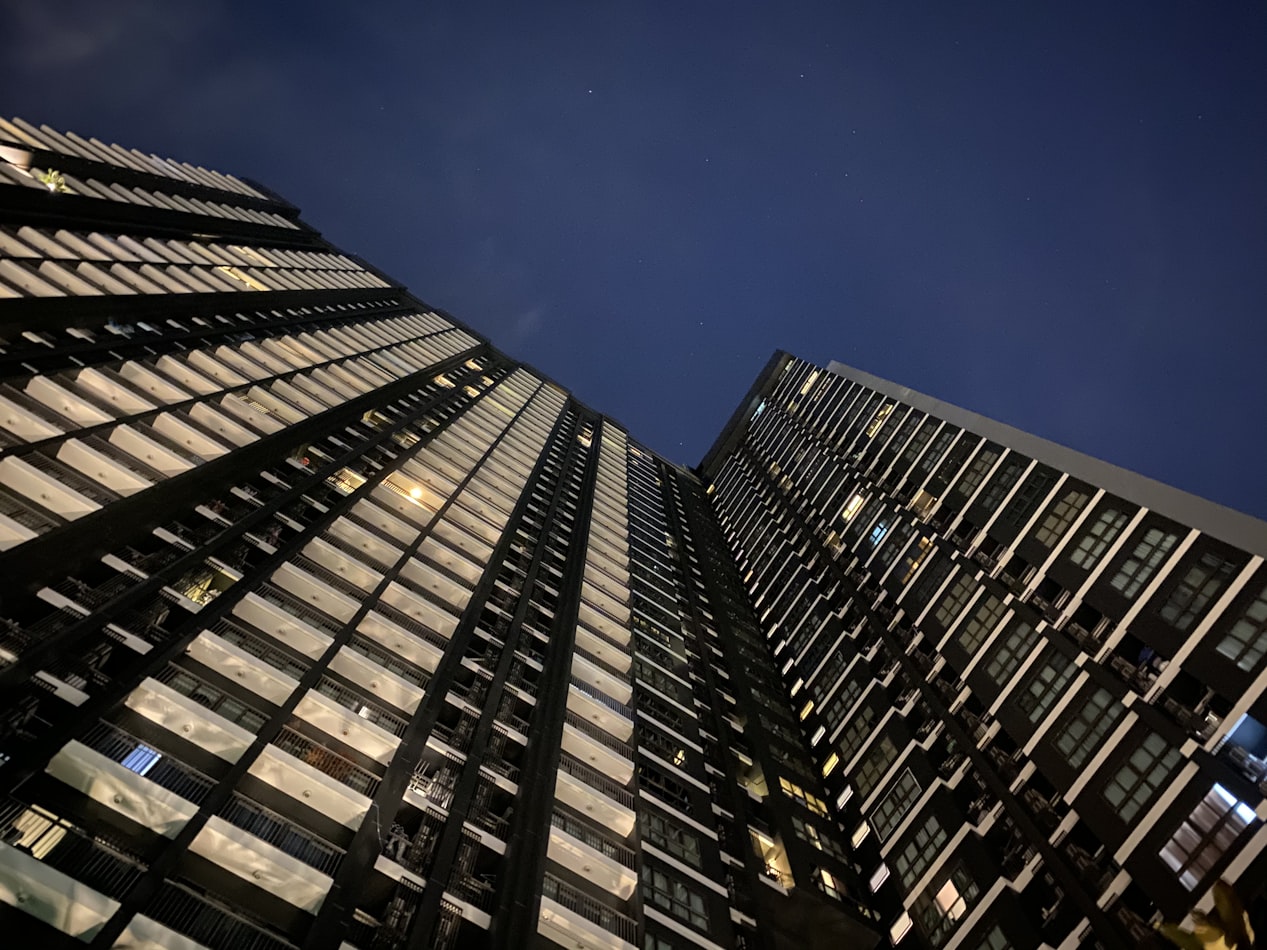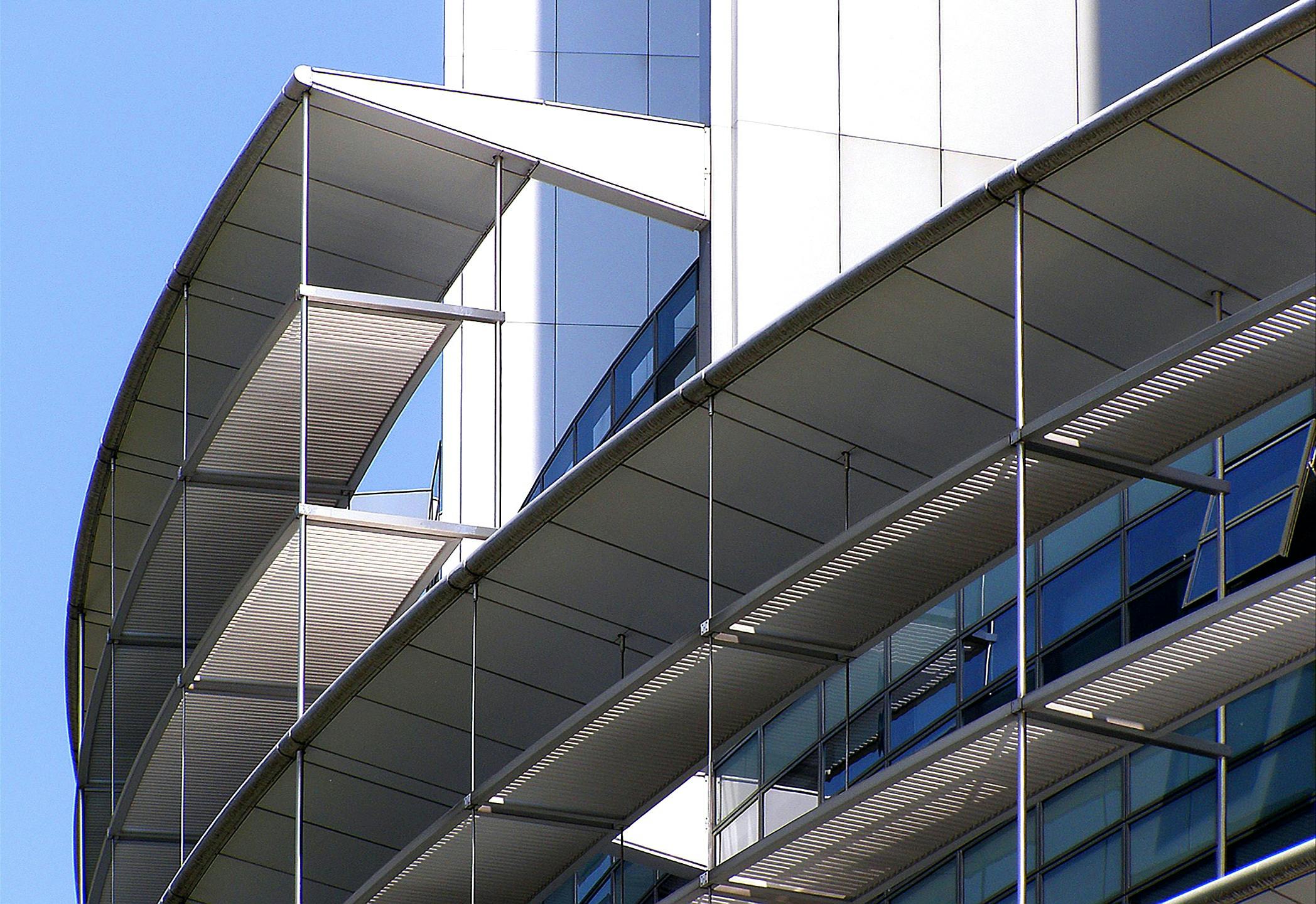PhD candidate Ömer Türkmen, at the TU/e Department of the Built Environment, did extensive testing on a new way of strengthening masonry walls that is cost effective, minimally invasive, easy to install and a great improvement to the seismic resistance of existing buildings. With the resulting insights and practical experience, Türkmen and associates hope to make a significant contribution to the building strengthening efforts in Groningen. Türkmen successfully defended his thesis on 17 November 2020.
Over the last 30 years, over 1,600 induced earthquakes were recorded in Groningen. Although the magnitude of these earthquakes has been relatively low, they have had a significant impact on the region. Buildings in Groningen, an area not prone to tectonic earthquakes, were not designed to withstand seismic actions, and this has made them highly susceptible to earthquakes.
Since the 2013 Huizinge earthquake, the induced seismicity in the Groningen area has increasingly become a national concern, with strengthening the existing building stock a particular challenge. The Dutch government has earmarked 1.5 billion euros to reinforce homes in the earthquake region, a process that is expected to begin in earnest next year.
The available seismic strengthening techniques for existing masonry buildings, however, have important downsides: many are labor and cost intensive, requiring treatment of both faces of the wall and requiring the residents to move elsewhere during the strengthening process. Strengthening techniques that can be installed from one side of the wall, such as steel frames or wooden retention walls, affect the usable floor area.
Increasing the flexibility of existing walls
Two companies in the Groningen region developed a strengthening concept that requires installation from only one face of the wall while leaving the usable floor area unaffected. The core of the innovation is a flexible adhesive that significantly increases the deformation capacity of the wall. Like the saying goes, it’s bend or break: deformation capacity is what allows a wall to absorb the seismic energy. Preliminary experiments on this novel strengthening concept showed its effectiveness, but had not yet been able to clarify the governing mechanisms of what happened within the walls.
In the four years of his PhD research, Türkmen performed over 20 different tests on specimens ranging from small mortar blocks to full scale masonry walls, to gain in-depth insight into the mechanics of the proposed strengthening technique. This led him to propose simplified mechanical models concerning the novel strengthening technique, for engineering purposes. Over the course of this doctoral study, over 150 buildings in Groningen have been strengthened using this technique.
This makes the novel strengthening technique a promising contribution to the massive challenge of shoring up houses quickly, effectively and reliably. Türkmen and associates are also investigating deploying the system, which should be able to effectively reinforce masonry against the much heavier tectonic earthquakes as well, in countries such as Italy and New Zealand.
Title of PhD-thesis: Seismic retrofitting of masonry walls with flexible deep mounted CFRP strips. Promotor: Prof. Ir. S.N.M. Wijte, TU/e. Co-promotor: Dr. Ir. A.T. Vermeltfoort, TU/e (gepensioneerd UHD) Other main parties involved: QuakeShield, Koninklijke Oosterhof Holman, SealteQ group.








